Indoor Gardening for Winter
Indoor Gardening for Winter
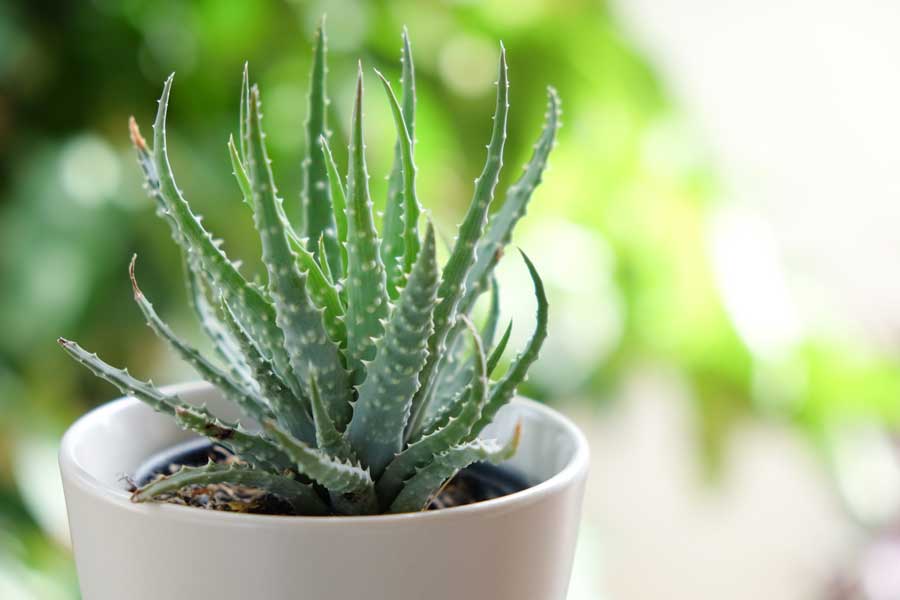
Many landscaping enthusiasts turn to indoor gardening, or "interiorscaping" as a way of whiling away the winter months. Your houseplants, or indoor softscape will consist of the following:
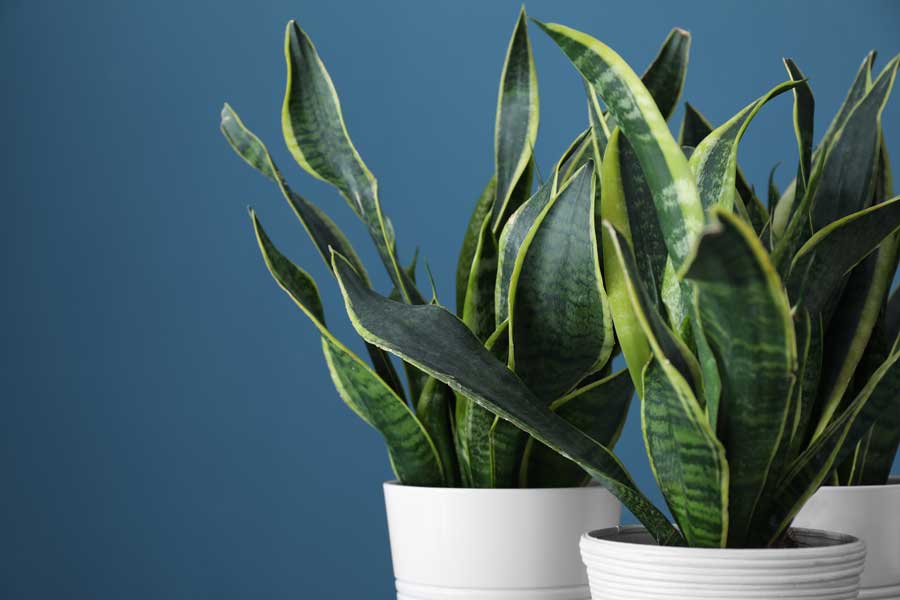
* Plants native to tropical forests. For instance, using palms for interiorscaping is a way of making bold design statements in your indoor gardening. Few houseplant choices match the stately palm in this regard, although several make up for it by being relatively indestructible. Caring for the houseplants in this latter category is a great way to begin indoor gardening for those who do not have green thumbs. Some of the outstanding hard-to-kill houseplants are spider plant, snake plant (also known as "mother-in-law tongue") and the common philodendron.
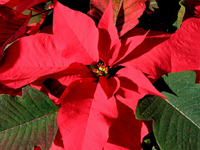
* Winter holiday plants. In the north, when you receive as gifts such plants as poinsettia, Christmas cactus and cyclamen, you cannot, of course, put them outside. So you begin an indoor garden -- whether you had intended to, or not. In addition, cut evergreens are prime materials for interiorscaping during the winter, especially during the holidays.
* Refugees from outdoors. Prized specimens too tender to be left out in winter are often dug out of the garden and brought in until spring. Alternatively, some gardeners grow these plants in containers, so that they can easily be transported indoors or outdoors, depending upon the season.

As landscaping enthusiasts, you know that softscape elements outdoors are set off by hardscape. Although you won't be building a stone wall down the middle of your living room any time soon, indoor gardening does afford more opportunities for using hardscape elements (in the broadest sense) than you might think, including:
* The containers for your houseplants. Sometimes the container style makes all the difference in achieving the indoor gardening design statement that you desire.
* Some aficionados of railroads or Christmas villages will set off the houseplants in their interiorscaping with miniature railroads or miniature Christmas village scenes.
* Don't forget that the indoor gardening equivalent to an outdoor arbor is a door frame. Decorate door frames with garlands of dried plants or evergreens.
* Water features such as indoor water fountains are valued for their soothing qualities in indoor gardening just as much as they are in outdoor gardening.
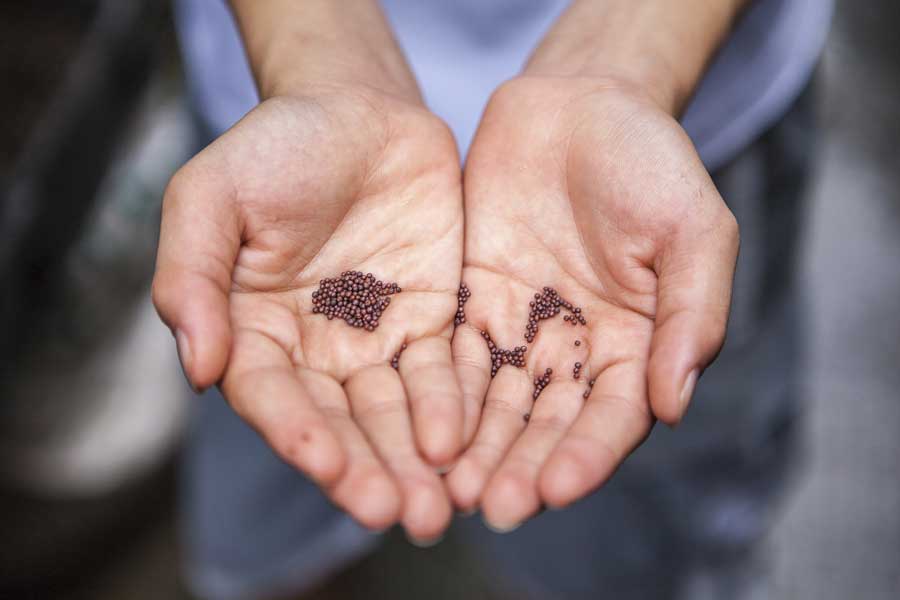
Care for Your Interiorscaping: It Works Both Ways
Houseplant care is the subject of many a "brown thumb" joke. Indeed, houseplant care can be challenging -- but the care they bestow on us in return makes it all worthwhile. That's right: care. The mental and physical health benefits of having plants around indoors are well-documented.
While the mental health benefits of indoor gardening are difficult to quantify, studies have been done to verify the physical health benefits provided by houseplants. Houseplants help remove toxins from the air, improving indoor air quality. While the research is often cited as a reason for having houseplants at the office, the principle is just as valid at home. Care for your houseplants, and they'll care for you!
The first order of the day in caring for your interiorscaping is to learn about pests that infest houseplants.
Identifying Houseplant Pests, Combatting Them
Houseplants may help us lead healthier lives. But only if we, in turn, keep them healthy through proper care. No advice about the care for houseplants is complete without mention of houseplant pests. Indoor gardening can be plagued with pests just as voracious as their outdoor gardening counterparts. Let's take a look at houseplant pest identification, and strategies to combat houseplant pests.
Know Your Enemy: Houseplant Pest Identification
The following list will help you identify the pests most likely to plague your indoor gardening aspirations. The time to make use of your identification skills is not after your houseplants are already infested with pests. In fact, the best time to put this knowledge to work is before the houseplants even become your houseplants. When shopping at a greenhouse or garden center for the houseplants that will fulfill your indoor gardening dreams, inspect the plants closely for nightmares -- i.e., pest infestations. No matter how inexpensive an houseplant on the sale rack may be, it is no bargain if it harbors pests. Not only will the pests that you bring home make life difficult for that particular houseplant (and for you!), but they'll also spread to any other houseplants currently gracing your home.
* Whiteflies are white with waxy bodies. When you disturb them by shaking a leaf, you'll actually see them fly around.
* Mealybug doesn't even look like a bug. It looks like little pieces of cotton that adhere to the plant where a leaf stem joins a branch.
* Likewise, scale doesn't fit the usual model of a bug pest. Leaves infested with scale look like they have scabs on their "skin."
* Spider mites are tiny, but if you examine them closely they do resemble little spiders with tiny webs.
* Aphids suck the juice out of tender new plant growth, as evidenced by their plump bodies. While their movement isn't as noticeable as that of whiteflies, if you examine them closely you will be able to detect some motion (unlike with mealybug and scale, which just sit there, motionless to the eye).
How to Combat Houseplant Pests
In addition to pesticides, you have a number of options for combatting houseplant pests:
* Sticky traps. Effective in greenhouses, you might not want to have to look at these in your home. Another strategy effective in greenhouses but unlikely to be implemented in the home is the introduction of predator insects into the growing environment. Most folks just aren't that crazy about living with bugs, even when those bugs help rid them of houseplant pests!
* Dish soap. If you've read any of Jerry Baker's gardening books, you know he'd like this one....
* Alcohol. No, the idea is not to get the houseplant pests so drunk that they'll fall off the plants! We're talking about rubbing alcohol here.
* Silicon or horticultural oils.
* Chili pepper. Give houseplant pests a hotfoot!
But combatting houseplant pests is far from being the only challenge of houseplant care. Page 3 gives you the rest of the bad news -- and how to fix it....
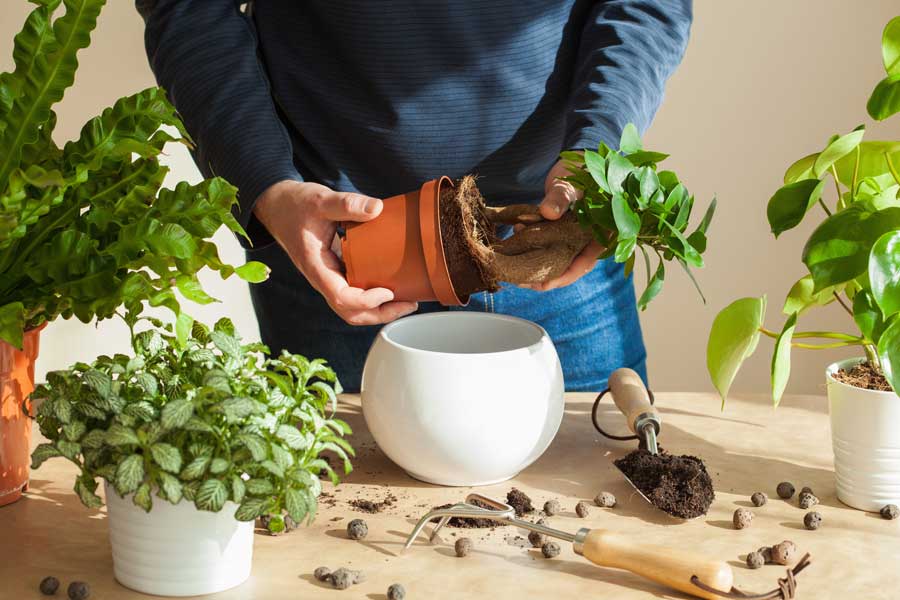
Information on Houseplant Care
If your houseplants are not performing well, the possible causes, in addition to the pest problems discussed on Page 2, are legion. And why would it be otherwise? Consider that you are taking a plant -- probably native to an environment thousands of miles from where you live -- that belongs outdoors, making it a houseplant, and attempting to provide it with an artificial environment. Let's break down that environment into its constituent parts -- a deficiency in any of which could be the source of your ailing houseplant's problem.
In the Water: Beware Overwatering Houseplants
* It is possible either to under-water or over-water houseplants. While everyone knows that under-watering can be a problem, over-watering is less obvious -- but just as lethal. One cause of over-watering is the use of pots that do not have adequate drainage. Water just sits in the bottom, resulting in root rot. Using pots that are too large for their houseplants can have the same effect. You end up watering a mass of soil that is too great for the poor little roots to absorb. The water-retention of the soil will be excessive, causing the houseplant to have chronic "wet feet."
* Besides quantity of water, quality of water is also a concern. Tap water can contain mineral salt at levels sufficient to harm houseplants. Try using distilled or filtered water instead.
In the Air: Heat, Humidity, Lighting for Houseplants
* Room temperature is certainly an issue. Most houseplants hail from tropical regions, where it is hot. Not only is it hot in the tropics, but it is also consistently hot. Extreme swings in temperature can be problematic for houseplants.
* When you consider that these plants call the tropics home, another environmental factor of obvious importance in caring for them is humidity. One reason why houseplants thrive in greenhouses is that greenhouses are humid.
* And what comes through the air to make photosynthesis in plants possible? That's right, light. You must determine the proper light levels for each particular indoor plant. For shade plants, too much direct sunlight is as bad as not enough. But more commonly indoor gardening enthusiasts have difficulty providing enough light for plants. One solution is to supplement the sun with artificial lighting, using fluorescent (not incandescent) light bulbs, which are cheaper than grow lights.
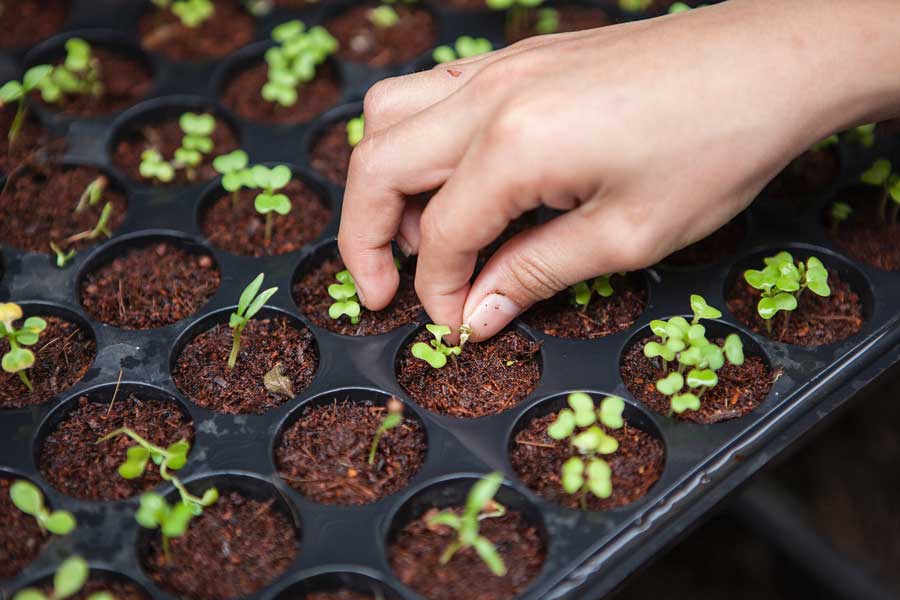
In the Soil: Fertilizers, pH, Diseases of Houseplants
* Be careful with fertilizing houseplants. Removed from their ideal native growing conditions, houseplants do not grow vigorously enough to warrant large doses of fertilizer. Potting soils often contain enough nutrients to last a houseplant for years. If you apply too much additional fertilizer, you'll just burn your houseplants. It is a good idea to dilute fertilizers even beyond what the labels recommend.
* Just as with garden soil, soil pH for houseplants can be an issue.
* Houseplants can succumb to diseases. One way to invite diseases into your soil is by not picking up dead leaves that drop into the houseplant's container. So keep your indoor gardening tidy: extend your housecleaning to your houseplants.
You might enjoy learning about Winter Pruning or Why Prune.
Want to learn more about landscape design & installation faq?
Let our experienced team assist you with your holiday decorating and create a custom look for your home and landscape.
Call Breezy Hill Nursery at 262-537-2111.
NOTE: Any of our sales associates here at Breezy Hill Nursery would be happy to answer your questions about planting and caring for your tree. Call us at (262) 537-2111.
Do you have Gardening questions? Please call or stop by our garden center.
You might also enjoy this post about common landscaping questions or this post about Cut Flower Gardening.

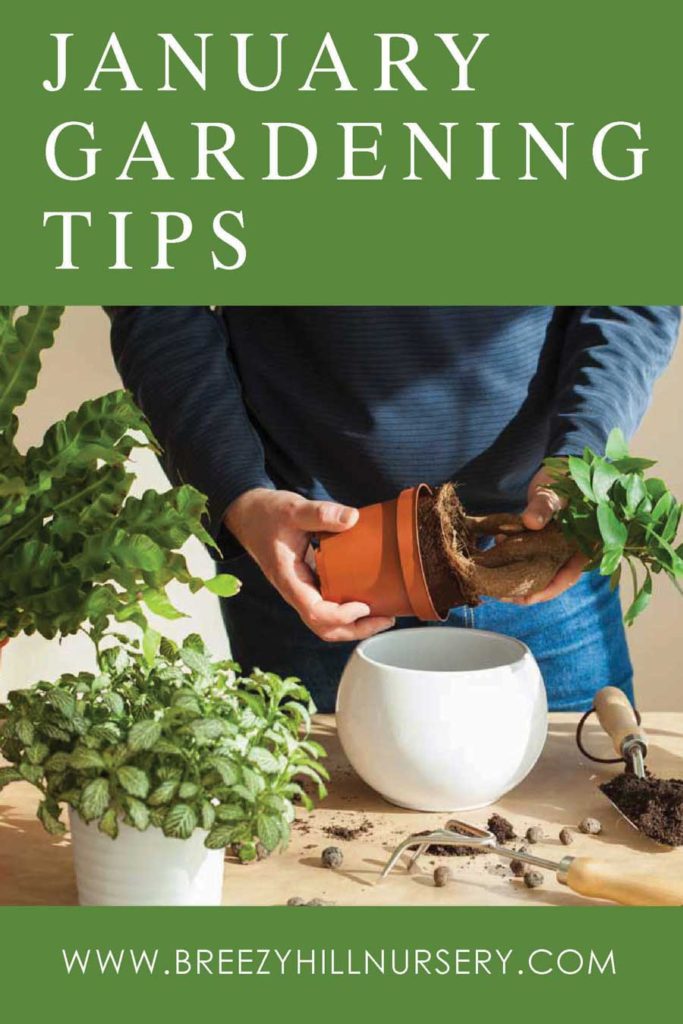
Comments are closed.